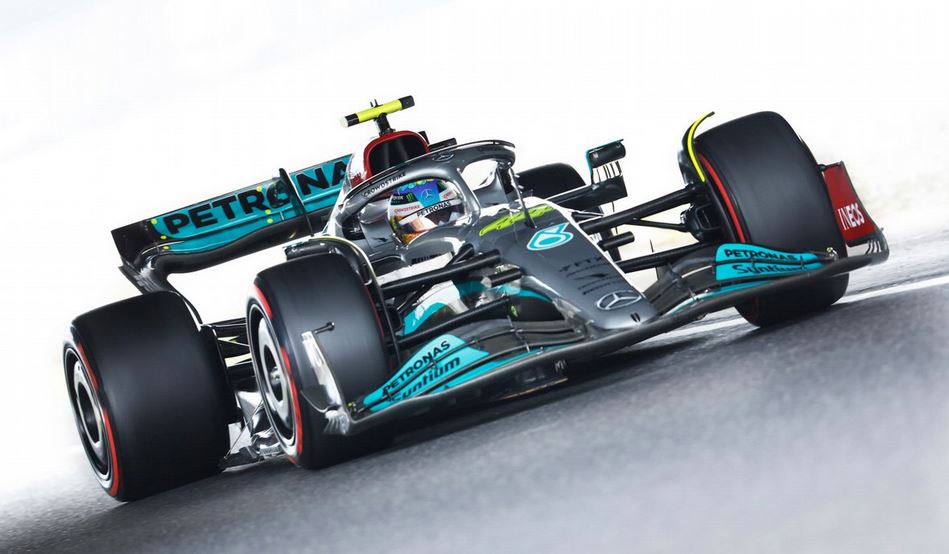Mike Elliott, Mercedes Formula 1 technical director, revealed the reason behind the disappointing 2022 campaign. He explained how on wrong simulation assessment at initial design phase cost complete season.
Porpoising issue affected every F1 team as championship returned to running ground-effects designs.
The W13 struggled with porpoising issue for the first half of the season. Mercedes managed to address the particular aerodynamic porpoising issue.
However, the team spent next half of the campaign fixing a ride problem. It managed to find pace and perform at the end of season.
Elliott remained tight-lipped about the precise nature of problem, because “we’d be explaining what it is we’re trying to do over the winter”
He remained vigilant not to disclose of diagnosis and true form with which the W14 car Mercedes will start the season in 2023.
“[But] what we targeted in the car, interestingly enough, we had right when we started,” Elliott added.
“And [then] we had a result in simulation that caused us to choose a slightly different direction.
“It’s easy to go back and say, ‘why did that happen?’ But I think in all these things, it’s always easy to go back in hindsight and go back and look and go, ‘if we hadn’t done that step there, we would’ve been in a very different position.’
“But I think to have seen that [data anomaly] at the time would’ve been very hard.
Read More: Haas F1 2022 roller coaster better than 2021
“I’m going to explain it in a completely tangential way: if you scuba dive, there’s something called an incident pit. And so, if you teach scuba diving you teach people the incident pit.
“And the reason we teach that is that what happens when you look at accidents that happen in scuba diving, it’s never the first thing that went wrong, it’s because people didn’t abort at the first thing that went wrong and [then] a whole load of other things then went wrong that meant they were in a lot of trouble.
“When you at going back to the decision we made, it’s pretty similar. Which is the first thing that we did was very difficult to spot.
“It was then a cascade of things that came afterwards that meant we ended up where we ended up.
“And so, when you know where you ended up at in the end, it’s very easy to look back and see where we took the wrong step.”
















